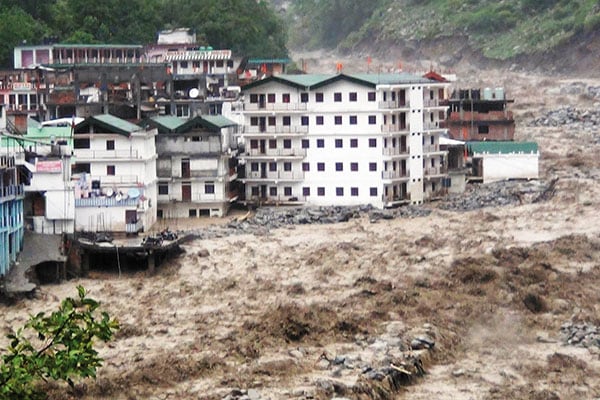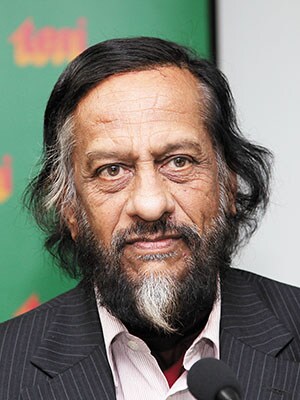
Uttarakhand Disaster is a Wake-Up Call: RK Pachauri
Climate change expert RK Pachauri tells Forbes India that the Himalayan states need afforestation and strict building norms
Rajendra K Pachauri
Age: 72
Education: MS, PhD in industrial engineering and economics, North Carolina State University
Career: Chairperson, Intergovernmental Panel on Climate Change; director general, The Energy and Resources Institute
Q. Do you view the Uttarakhand disaster as a man-made calamity that could have been averted?
A: We could have saved lives had we put in place measures to face such disasters. Some houses along the hills should not have been constructed and better regulations needed to be in place. We cannot directly attribute this particular event to man-made actions and global warming, but such incidents are expected to increase in future.
Q. Orissa super cyclone (1999), Mumbai floods (2005), and now Uttarakhand—three major incidents in 15 years. Is global warming at the epicentre of these?
A: We cannot attribute any one of them definitively to global warming. India has to be prepared for such events in the future and this should serve as a wake-up call for those who are concerned about protecting people, their property and the environment.
Q. The IPCC reports have questioned the development model in the Himalayan region. How flawed is the model?
A: The IPCC has not questioned the development model in the Himalayan region, but there is a flaw that is uniform across the states in the region. The emergence of structures along the hills and the increase in road traffic are concerns. The development model needs to be sustainable and in harmony with the livelihoods of people living in that particular region.
An example would be Mukteshwar [a tourist town in Nainital district] where farmers had small areas of land and were struggling for water before we helped them. Some hotels in the region consume water for their facilities and the farmers in the area do not have water. There has to be a large intellectual effort in defining sustainability and evolving an appropriate model of development.

A: There are ‘good’ and ‘bad’ dams. One needs to carefully evaluate each one of them, and a thorough analysis of such projects needs to be done to ensure they are economically and ecologically viable. Only then would we be in a position to benefit the people along the river and lead to a model of sustainable development.
Q. What are your three suggestions for rebuilding Uttarakhand’s ecology now?
A: There has to be a massive effort at afforestation in terms of both area and density of tree cover. Strict building codes need to be ensured across the region [such that] they don’t take a toll on the environment. Traffic needs to be regulated and restructured across the region.
Q. Do you see yourself playing a role in this redevelopment?
A: As an institute, Teri would like to get involved in helping Himalayan states and would welcome a close partnership with the state governments if such an arrangement is proposed.
(This story appears in the 30 November, -0001 issue of Forbes India. To visit our Archives, click here.)





